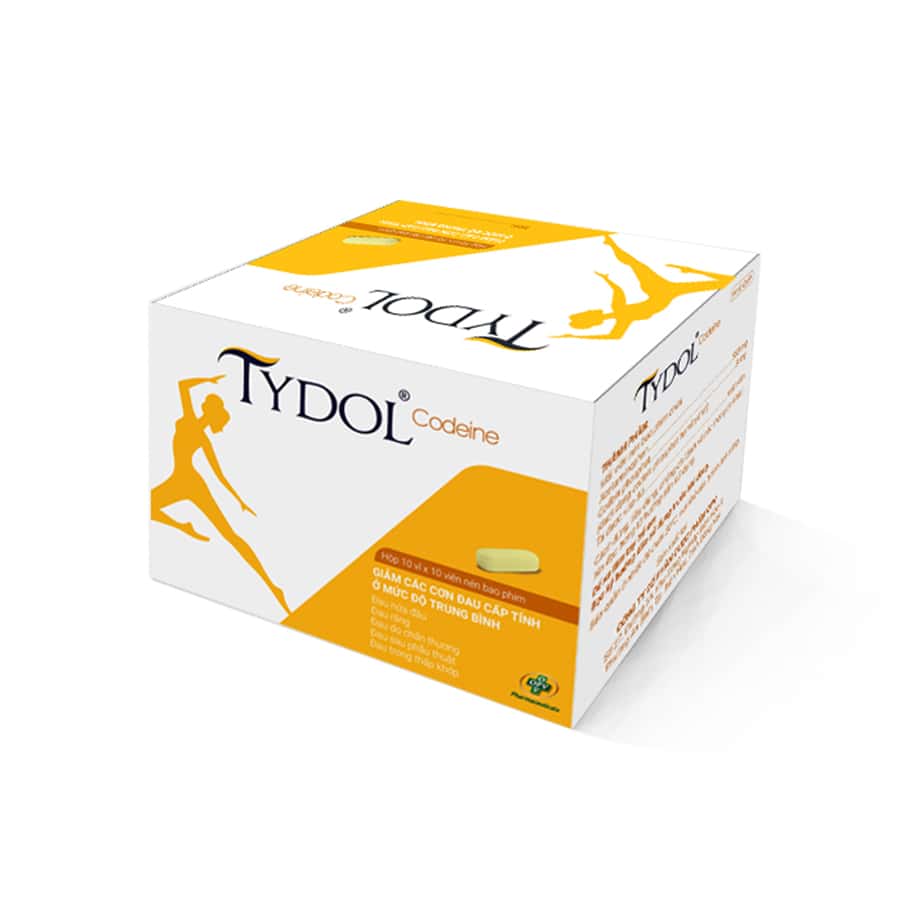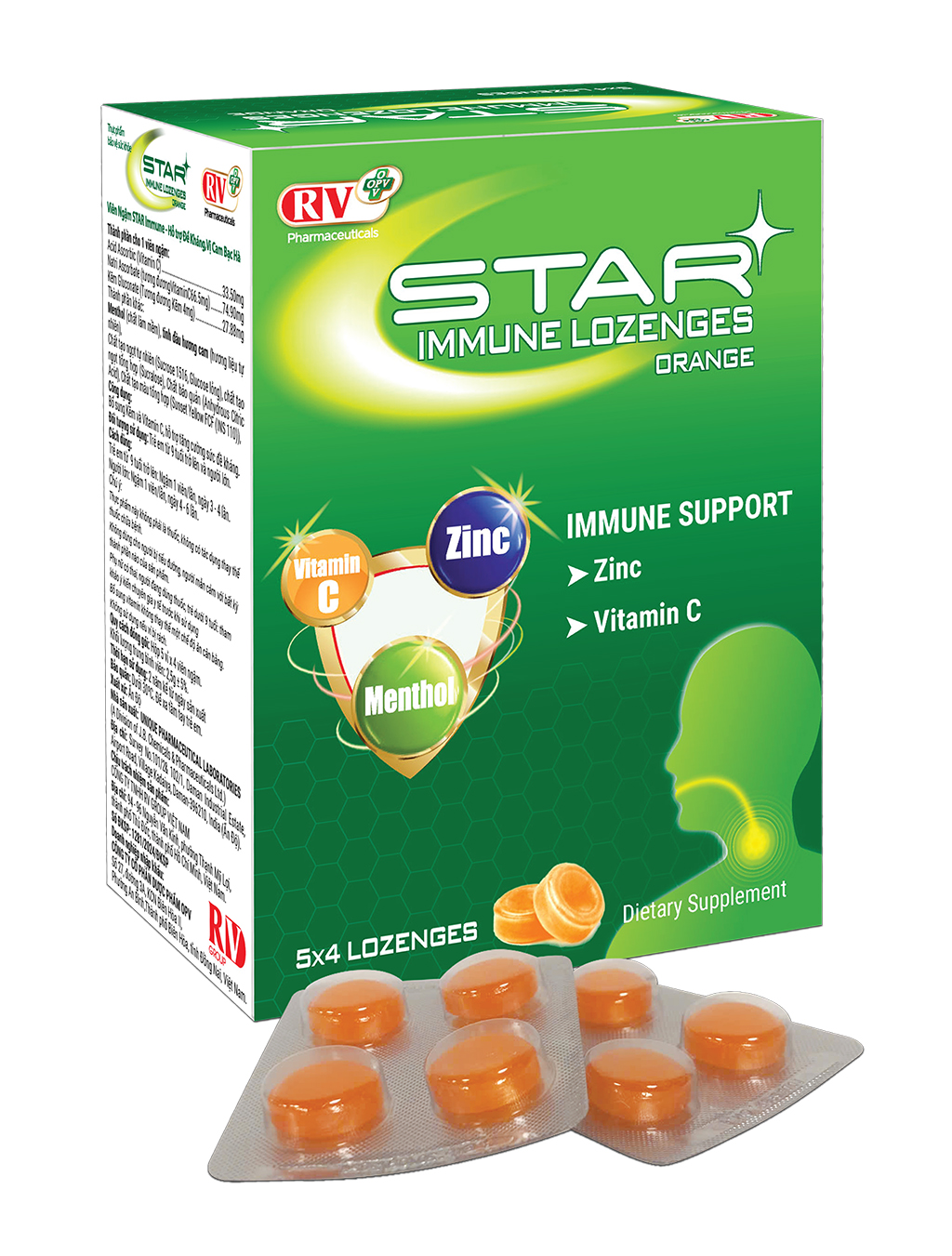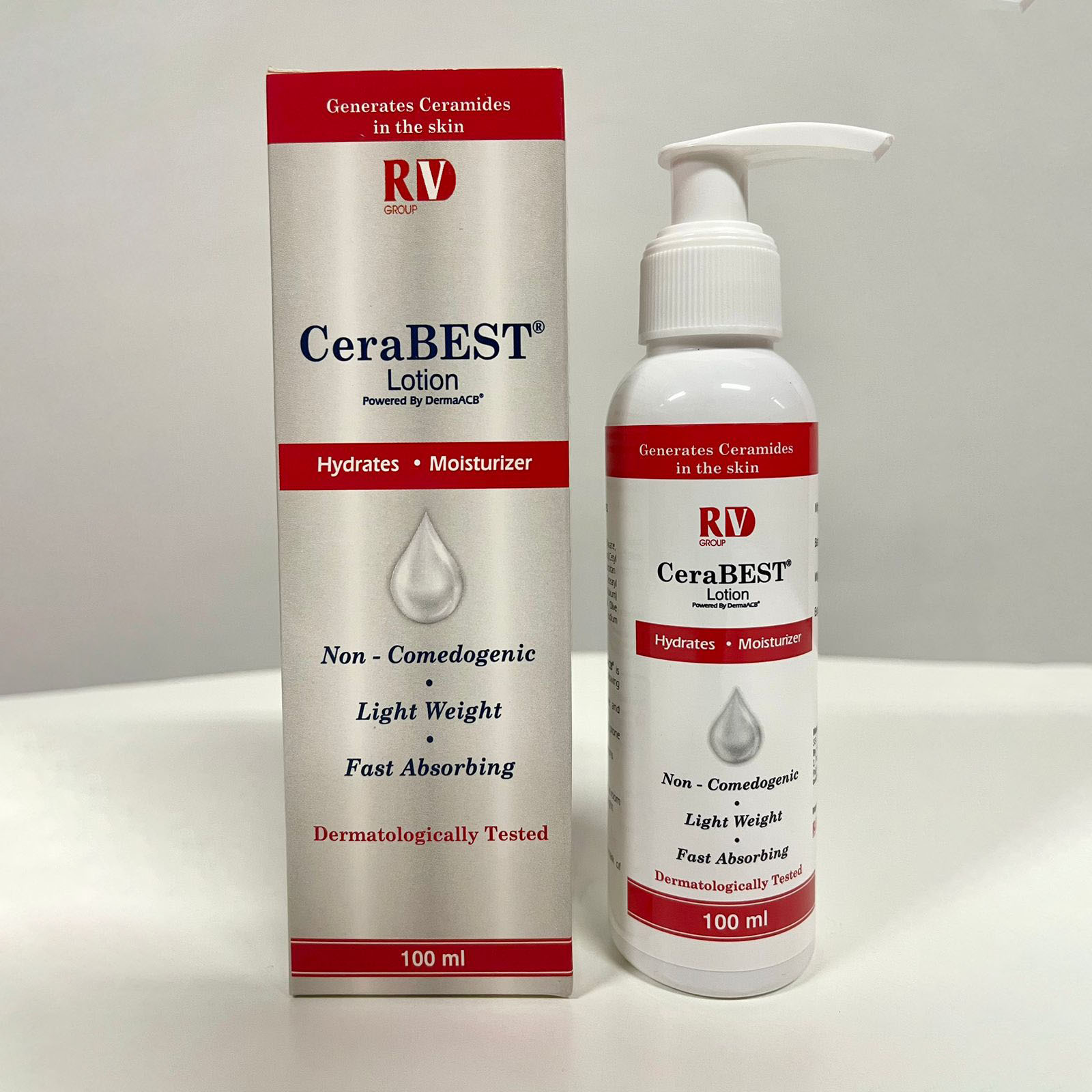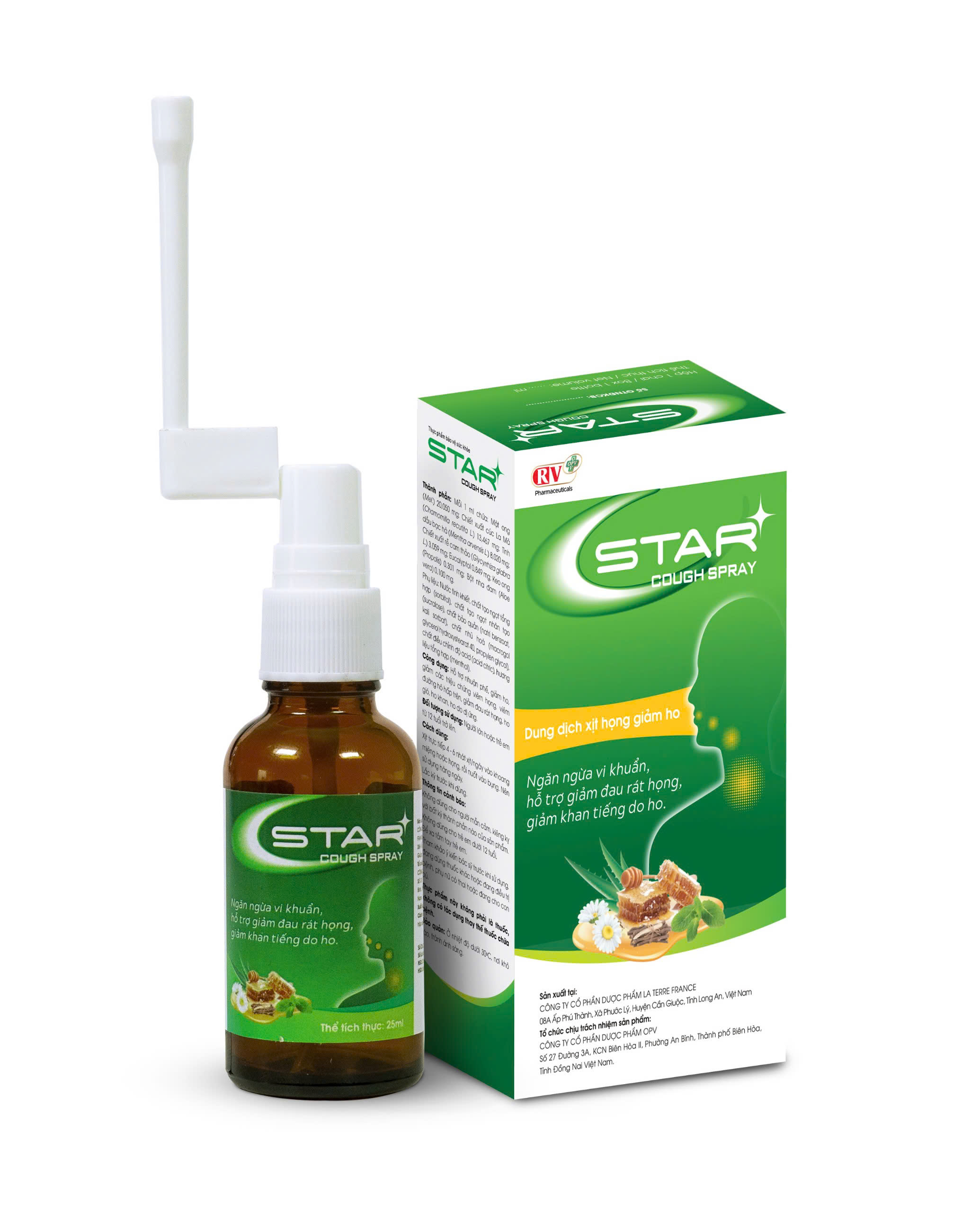PHARMACODYNAMICS:
Pharmacotherapeutic group: Analgesics
ATC code: N02B E51
Acetaminophen has analgesic and antipyretic properties.
Codeine phosphate is an opioid analgesic.
Acetaminophen (other name: paracetamol) is the active metabolite of phenacetin, exhibits analgesic action by peripheral blockage of pain impulse generation. It produces antipyresis by inhibiting the hypothalamic heat-regulating centre. Acetaminophen is used to relieve pain and reduce fever, it may replace aspirin; however, acetaminophen is ineffectively used to treat inflammation. Acetaminophen has effects to relieve pain and fever about as well as aspirin after an equivalent dose. Acetaminophen reduces body temperature in fever patients but it rarely reduces body temperature in normal people. Acetaminophen has rarely effects on cardiovascular and respiratory system after an oral dose. It has no changes of acid-base balance, it does not cause irritation, stomach bleeding or erosion compared to use of salicylate. Acetaminophen is metabolized principally by sulfate and glucuronide conjugation. Small amounts converted to toxic metabolite, N-acetyl-p-benzoquinoneimine (NAPQI). NAPQI is detoxified by glutathione and excreted into the urine and/or bile. Metabolites will be toxic to the liver cells and causing cell death when they are not conjugated to glutathione. Acetaminophen is generally safe when it is used at therapeutic doses, because of NAPQI is made relatively small, and glutathione in the liver cells forming complexes enough with NAPQI. However, after overdose or sometimes with the usual dose in some people sensitive (such as malnutrition, or drug interactions, alcoholism, genetic atopic), NAPQI concentrations can accumulate toxic to liver.
Codeine is a centrally acting weak analgesic. Codeine exerts its effect through µ opioid receptors, although codeine has low affinity for these receptors, and its analgesic effect is due to its conversion to morphine. Codeine, particularly in combination with other analgesics such as acetaminophen, has been shown to be effective in relief of acute nociceptive pain.
PHARMACOKINETICS:
Acetaminophen is readily absorbed from the gastrointestinal tract with peak plasma concentrations occurring about 30 to 60 minutes after oral dose. Acetaminophen is distributed into most body tissues. It crosses placenta and is present in breast milk. Plasma protein binding is negligible at usual therapeutic concentration but increases with increasing concentrations. The elimination half-time varies from about 1 to 3 hours. Acetaminophen is metabolized predominantly in the liver and excreted in the urine mainly as the glucuronide (about 60-80%) and sulfate (about 20-30%) conjugates. Less than 5% is excreted as unchanged acetaminophen. A minor (below 4%) metabolite is usually produced in very small amounts by cytochrome P450.
Codeine and its salts are well absorbed from the gastrointestinal tract. After oral administration, peak concentrations of codeine phosphate in the blood are reached after 1 hour. Codeine is metabolized in the liver by demethylation to morphine, norcodeine and other metabolites as normorphine and hydrocodone. Codeine is metabolised by demethylation in the liver to morphine, norcodeine, and other metabolites including normorphine and hydrocodone. Metabolism to morphine is mediated by the cytochrome P450 isoenzyme CYP2D6, which shows genetic polymorphism.
Codeine and its metabolites are excreted primarily by the kidneys and urine as conjugates with glucuronide acid. Elimination half-life is 3-4 hours after oral or intramuscular injection. Codeine crosses the placenta and is distributed into breast milk.
INDICATIONS:
Tydol Codeine is indicated in patients older than 12 years of age to relieve acute pain of moderate intensity when other analgesics such as acetaminophen or ibuprofen (alone) are not effective, eg headache, migraine, menstrual pain, dental pain, post surgery pain, neuropathic pain, traumatic pain, rheumatoid arthritis pain.
DOSAGE AND ADMINISTRATION:
Administration: Oral administration, taken with water.
Dosage:
The duration of pain treatment should be limited to 3 days and if no effective pain relief is achieved, the patient/caregiver should seek advice from a doctor.
Adults:
One or two tablets every four to six hours with a maximum dose of eight tablets in any 24 hour period.
Children from 12-18 years old:
One or two tablets every six hours with a maximum dose of eight tablets in any 24 hour period.
Dose of codeine depends on body weight (0.5-1 mg/kg).
Children under 12 years old:
Tydol Codeine is not recommended for treatment of pain because of the risk of opioid toxicity due to the unpredictable changes in metabolism of codeine to morphine (see section Special warnings and precautions when using this medicine).
CONTRAINDICATIONS:
- Hypersensitivity to any components of this product.
- Respiratory depression, hepatic disease, G6PD deficiency.
- Pregnancy and lactating women (see section Use of medicine in pregnant women and lactating women).
- Patients who are CYP2D6 ultra-rapid metabolizers.
- Do not use this product for children under 12 years.
- Children from 0 to 18 years old who undergo tonsillectomy and/or adenoidectomy for obstructive sleep apnea syndrome relating to respiratory obstruction because there is an increased risk of developing serious and life threatening adverse reactions (see section Special warnings and precautions when using this medicine).
WARNINGS AND PRECAUTIONS:
- Should not be used with other products containing acetaminophen.
- Prolonged use and high dose of acetaminophen may cause hepatocellular impairment.
- Caution for respiratory disease such as bronchial asthma. People with drug abuse.
Special precaution and warning when using medication containing acetaminophen:
The doctor must warn the patients about the symptoms of serious skin reactions including: Stevens-Johnson Syndrome (SJS), toxic epidermal necrolysis (TEN), or Lyell Syndrome, acute generalized exanthematous pustulosis (AGEP).
Special precaution and warning when using medication containing codeine:
CYP2D6 metabolism:
- Codeine is metabolized by the liver enzyme CYP2D6 into morphine, its active metabolite. If a patient has a deficiency or completely lacking this enzyme an adequate analgesic effect will not be obtained. Estimation indicates that up to 7% of the Caucasian population may have this deficiency. However, if the patient is an extensive or ultra-rapid metabolizer there is an increased risk of developing side effects of opioid toxicity even at commonly described doses. These patients convert codeine into morphine rapidly resulting in higher than expected serum morphine levels.
- General symptoms of opioid toxicty include confusion, somnolence, shallow breathing, small pupils, nausea, vomitting, constipation and lack of appetite. In severe cases this may include symptoms of circulatory and respiratory depression, which may be life threatening and very rarely fatal.
- Estimates of prevalence of ultra-rapid CYP2D6 metabolizers in different populations are summarized below:
| Population | Prevalence (%) |
| African/Ethiopian | 29% |
| African American | 3.4% to 6.5% |
| Asian | 1.2% to 2% |
| Caucasian | 3.6% to 6.5% |
| Greek | 6.0% |
| Hungarian | 1.9% |
| Northern European | 1% to 2% |
Patients with compromised respiratory function:
Codeine is not recommended for use in children in whom respiratory function might be compromised including neuromuscular disorders, severe cardiac or respiratory conditions, upper respiratory or lung infections, multiple trauma or extensive surgical procedures. These factors may worsen symptoms of morphine toxicity.
Post-operative use in children:
There have been reports in the published literature that codeine given post-operatively in children after tonsillectomy and/or adenoidectomy for obstructive sleep apnea relating to respiratory obstruction has led to rare but life threatening adverse events including death. All children received doses of codeine that were within the appropriate dose range, however, there was evidence that these children were either ultra-rapid or extensive metabolizers in their ability to metabolize codeine to morphine.
- Due to risks of respiratory depression, codeine is only used for acute relief of moderate pain in children > 12 years old, when other pain relief such as acetaminophen and ibuprofen are not effective.
- Codeine should be administered at the lowest dose that effectively and in the shortest time.
- Codeine is not recommended for children with respiratory problems (such as dyspnea or wheezing,…)
Pregnancy: Contraindication.
Lactation:
Tydol Codeine should not be used during breast feeding (see section Contraindications):
At normal therapeutic dose, codeine and its active metabolites may be present in breast milk at very low doses and is unlikely to adversely affect the breast fed infant. However, if the patient is an ultra-rapid metabolizer of CYP2D6, higher levels of morphine (the active metabolite of codeine) may be present in breast milk and on very rare occasions may result in symptoms of opioid toxicity in the infant, which may be fatal.
Effects on ability to work:
Use with caution when driving vehicle or operating machinery, work at height and other activities because this product may cause drowsiness.
INTERACTIONS:
Salicylates and NSAIDs: Prolonged concurrent use of acetaminophen and salicylates or non-steroidal anti-inflammatory drugs may increase the risk of adverse renal effects.
Coumarins: Repeated high doses of acetaminophen increase the risk of bleeding in patients taking warfarin and other coumarin derivatives. Monitoring of coagulation and bleeding complications is required.
Chloramphenicol: Acetaminophen may slow down the excretion of chloramphenicol, entailing the risk of increased toxicity.
Diflunisal: Diflunisal may increase the plasma concentrations of acetaminophen by 50%.
Anticholinergics: Concomitant use of codeine and anticholinergic agents may increase the risk of severe constipation and/or urinary retention. Drugs, which decrease gastric emptying, may decrease the absorption of acetaminophen.
Cholestyramine: Cholestyramine reduces the absorption of acetaminophen if given within one hour of acetaminophen administration.
Propantheline: Decreases gastric emptying which may decrease the absorption of acetaminophen.
Rifampicin: Concomitant use may increase the likelihood of acetaminophen toxicity.
Alcohol: Codeine may potentiate the effects of alcohol and the likelihood of acetaminophen toxicity may be increased by its concomitant use.
Metoclopramide: Codeine may antagonise the effects of metoclopramide on gastrointestinal motility. Acetaminophen absorption is increased by drugs, which increase gastric emptying.
Opioid analgesics: Concurrent use of codeine and other opioid agonists is usually inappropriate as additive CNS depression, respiratory depressant and hypotensive effects may occur. Narcotic analgesics may decrease gastric emptying and therefore decrease the absorption of acetaminophen.
Tranquillisers, sedatives, hypnotics, general anaesthetics and CNS depressants: Codeine may potentiate the effects of these drugs. Concomitant use of tranquillisers or sedatives may enhance the potential respiratory depressant effects of codeine.
Barbiturates and antiepileptic medications: The likelihood of acetaminophen toxicity may be increased by the concomitant use of enzyme inducing agents such as alcohol, barbiturates or anti epileptic drugs (such as phenobarbital, phenytoin, carbamazepine, topiramate).
Zidovudine: When used concurrently with zidovudine, an increased tendency for neutropenia or hepatotoxicity may develop. Combination of acetaminophen/codeine and zidovudine particularly chronic or multiple-dose acetaminophen, should be avoided. If chronic acetaminophen and zidovudine are to be given concurrently, monitor white blood count and liver function tests, especially in malnourished patients.
Antiperistaltic antidiarrhoeals (including kaolin, pectin, loperamide): Concurrent use of these agents with codeine may increase the risk of severe constipation.
Monoamine Oxidase Inhibitors: Non-selective MAOI’s intensify the effects of opioid drugs, which can cause anxiety, confusion and significant respiratory depression. Severe and sometimes fatal reactions have occurred in patients concurrently administered MAO inhibitors and pethidine.
Codeine should not be given to patients taking non-selective MAOI’s or within 10 days of stopping such treatment. As it is unknown whether there is an interaction between the selective MAOI’s (Reversible Inhibitors of Monoamine Oxidase A) and codeine, caution is advised with this drug combination.
Antihypertensives: Hypotensive effects of antihypertensive agents may be potentiated when used concurrently with codeine and lead to orthostatic hypotension.
Neuromuscular blocking agents: Codeine may enhance the effects of neuromuscular blocking agents resulting in increased respiratory depression.
Flucloxacillin: Co-administration of flucloxacillin with acetaminophen may lead to metabolic acidosis, particularly in patients presenting risk factors of glutathion depletion, such as sepsis, malnutrition or chronic alcoholism.
SIDE EFFECTS
At the recommended dosage, acetaminophen may cause the following side effects:
Allergic reactions: Rare but may include skin rash, drug fever, mucosal lesions.
CNS: Drowsiness, impaired mental functions
GI system: Chronic hepatic necrosis in a patient who took daily therapeutic doses of acetaminophen for about a year, and liver damage after daily ingestion of excessive amounts for shorter periods. Acute pancreatitis has been reported.
CVS: Toxic myocarditis.
Blood: Blood dyscrasias including methaemoglobinaemia, neutropenia, pancytopenia, leukopenia, thrombocytopenic purpura, haemolytic anaemia and agranulocytosis, but these were not necessarily causality related to acetaminophen.
Genitourinary system: Nephrotoxicity following therapeutic doses of acetaminophen is uncommon, but papillary necrosis has been reported after prolonged administration.
Other: Most reports of adverse reactions to acetaminophen relate to overdosage with the drug. Very rare cases of skin reactions have been reported.
Adverse effects of opioid treatment which have been reported include:
Allergic reactions (may be caused by histamine release): Rash, urticaria, difficulty breathing, increased sweating, redness or flushed face.
CNS: Confusion, drowsiness, vertigo, dizziness, changes in mood, hallucinations, CNS excitation (restlessness/excitement), convulsions, mental depression, headache, trouble sleeping, or nightmares, raised intracranial pressure, tolerance or dependence.
GI system: Constipation, GI irritation, biliary spasm, nausea, vomiting, loss of appetite, dry mouth, paralytic ileus or toxic megacolon.
CVS: Bradycardia, palpitations, hypotension.
Sensory system: Blurred or double vision.
GU system: Ureteral spasm, antidiuretic effect.
Other: Trembling, unusual tiredness or weakness, malaise, miosis, hypothermia.
Withdrawal: Abrupt withdrawal precipitates a withdrawal syndrome. Symptoms may include tremor, insomnia, nausea, vomiting, sweating and increase in heart rate, respiratory rate and blood pressure. Tolerance diminishes rapidly after withdrawal so a previously tolerated dose may prove fatal.
Regular prolonged use of codeine is known to lead to addiction, and symptoms of restlessness and irritability may result when treatment is stopped.
Prolonged use of a painkiller for headaches can make them worse.
OVERDOSE AND TREATMENT:
Symptoms of acetaminophen overdosage: Nausea, vomiting, anoresia, pallor, abdominal pain.
Acetaminophen overdose can lead to liver failure. Overdose, acetaminophen 10g or more in a single administration in adults and 150 mg/kg of bodyweight in a single administration in children, cause hepatic cytolysis to induce complete and irreversible necrosis, resulting in hepatocellular insufficiency, metabolic acidosis and encephalopathy which may lead to coma or death.
Treatment for acetaminophen overdosage:
Immediate treatment is essential in the management of acetaminophen overdose. When infected with severe poisoning, it is important to treat actively support. Gastric lavage is used in all cases, the best within 4 hours after drinking. In most cases, N-acetylcysteine, will be given by mouth or IV (through the vein) as an antidote.
Symptoms of codeine phosphate overdose: respiratory depression, drowsiness lead to glassy or coma. Soft muscle, cold skin and moist, sometimes slow vascular and hypotension. In severe cases: stop breathing, vascular collapse, cardiac arrest and possibly death.
Treatment for codeine phosphate overdosage: To respiratory rehabilitation by providing oxygen and respiratory assistance control. Naloxon is indicated intravenous immediately in severe cases.
SIGNS SHOULD BE NOTED AND RECOMMENDATIONS:
Do not exceed recommended dosage.





